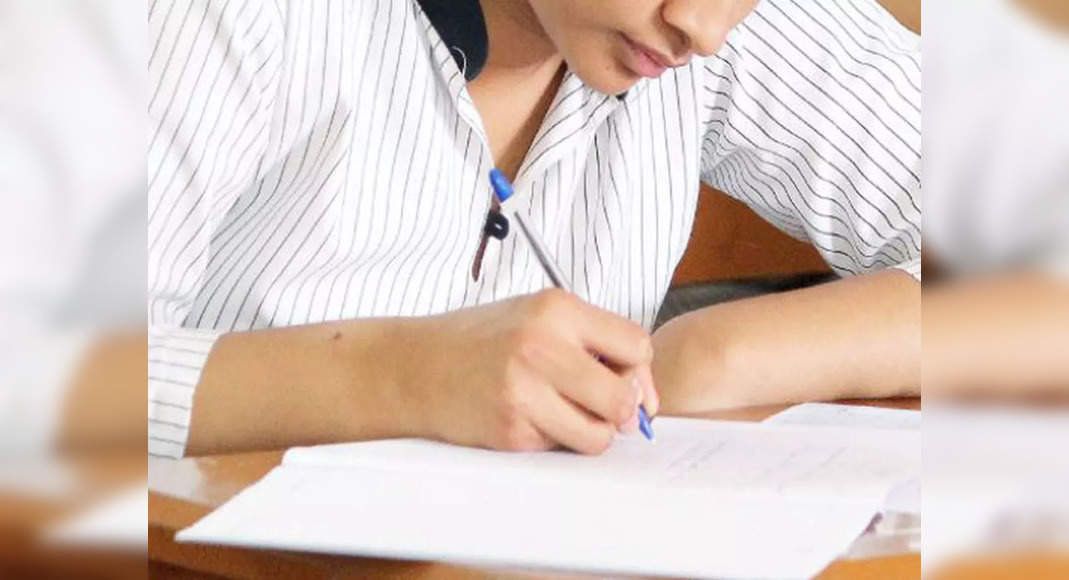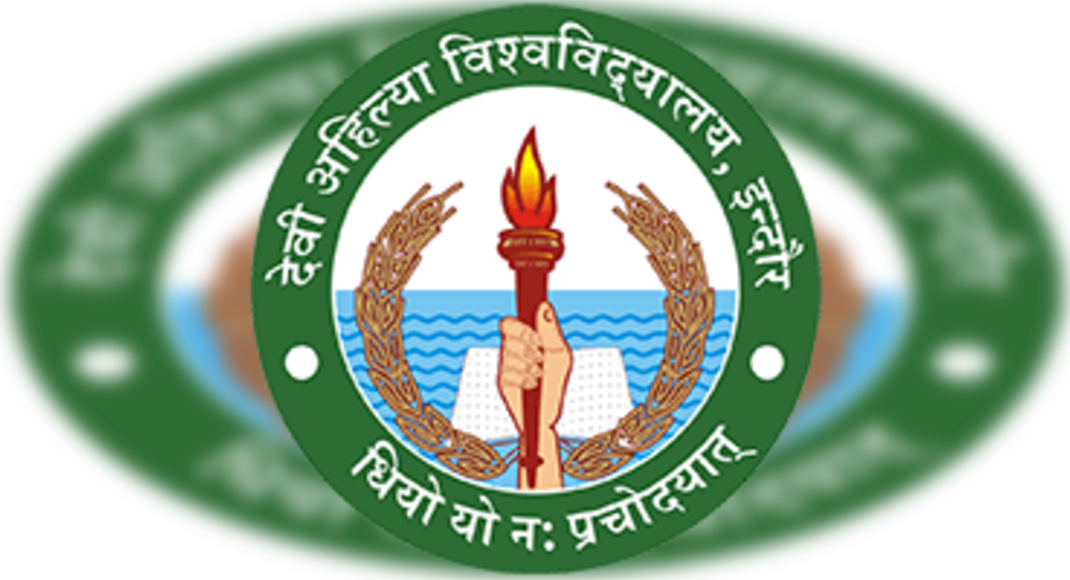NEW DELHI: The Performance Grading Index (PGI) of the States/UTs in the field of school education comes with good news as well as major concerns.
Punjab, Chandigarh, Tamil Nadu, Andaman and Nicobar Islands and Kerala occupy the highest grade A++ in 2019-20 in the field of school education as per PGI released on Sunday by the Ministry of Education (MoE).
However, in the governance and management domain 24 States/ UTs have scored less than 80% of the maximum possible score of 360.
Infrastructure and facilities is the second biggest concern with 20 States/ UTs having scored less than 80% of maximum possible score of 150 in this domain.
The grading index which analyses the performance of States on 70 parameters, has put Delhi, Gujarat, Haryana, Rajasthan, Puducherry, Dadra and Nagar Haveli in the A+ category.
Congratulations!You have successfully cast your voteLogin to view result
Punjab has scored maximum points for governance and management, Bihar and Meghalaya have scored the lowest in terms of infrastructure and facilities.
On the brighter side, two States, Andaman and Nicobar Islands and Odisha have shown marked improvements in the infrastructure domain between 2019-20 and 2018-19, indicating that the States and UTs have started to take action for improving their infrastructure and facilities, albeit by varying extent.
Overall 13 States/ UTs have shown improvement by 10% point in the domain of infrastructure and facilities.
Nineteen States/ UTs have shown improvement by 10% point or more in the domain of governance process.
Andaman and Nicobar Islands, Andhra Pradesh, Arunachal Pradesh, Manipur, Punjab, Rajasthan and West Bengal have shown improvement by at least 20% point.
“While it is common knowledge that shortage of teachers and principals and administrative staff, lack of regular supervision and inspection, inadequate training of the teachers, timely availability of finances (all of which are captured in the governance and management domain) are some of the factors plaguing the education system in the country, it is for the first time that there is a reliable tool that corroborates this,” the report stated while reasoning the weak performances in the domain of governance.
For infrastructure the index looked at indicators “like availability of ICT facilities and timely availability of textbooks and uniforms, which are critical inputs for better performance of students (and mentioned in the RTE Act).”
“Through the PGI, the shortfalls can be measured objectively and regularly.
This is crucial for taking necessary steps to eliminate the gaps,” it added.
In case of learning outcomes, it has been observed that, in general, “the scores obtained in the higher standards are less than those in the lower standards,” and as per the report, “it is therefore, imperative to ensure better interventions at the lower standards as it will have a positive cascading effect at the higher levels.
The forthcoming NAS would provide more clarity in quantifying the improvements in learning outcomes.”
The PGI for states and union territories was first published in 2019 with reference year 2017-18.
The PGI for 2019-20 is the third publication in this series.
The PGI exercise envisages that the index would propel States/ UTs towards undertaking multi-pronged interventions that will bring about the much-desired optimal education outcomes.
The index helps the States/ UTs to pinpoint the gaps and accordingly prioritise areas for intervention to ensure that the school education system is robust at every level.
As per the index, most of the States/ UTs have improved their grade in PGI 2019-20 compared to the earlier years.
Andaman and Nicobar Islands, Arunachal Pradesh, Manipur, Puducherry, Punjab and Tamil Nadu have improved overall PGI score by 10% point, while Arunachal Pradesh, Manipur and Odisha have shown more than 10% point improvement in the domain of equity.







